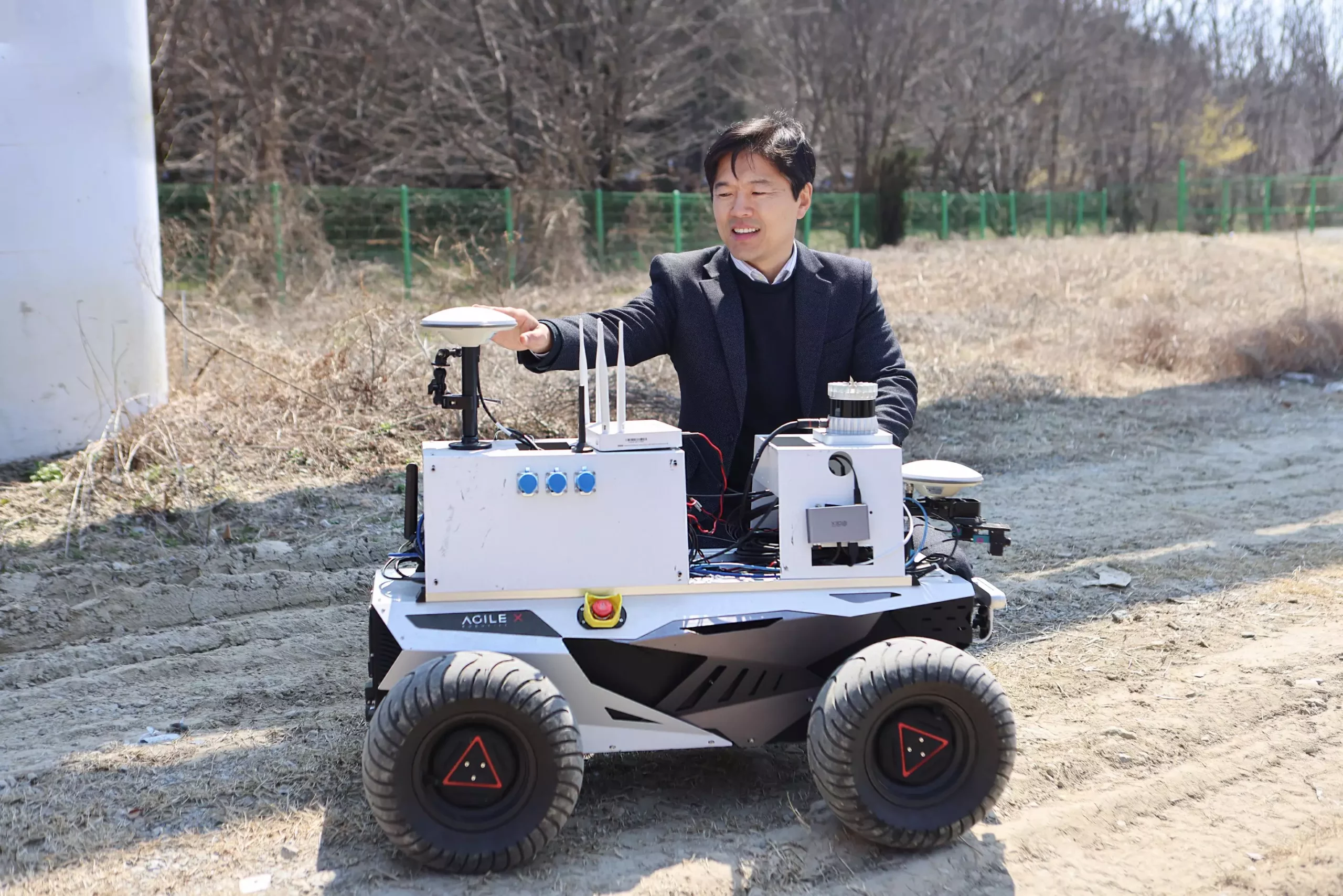Off-road environment recognition technologies have taken a significant leap forward in Korea with the development of cutting-edge methods for detecting and eliminating extraneous substances in real-time. These groundbreaking technologies are set to revolutionize the off-road autonomous driving of construction machinery, agricultural equipment, unmanned ground vehicles (UGVs), and more.
Led by Senior Researcher Han-Min Lee at the Korea Institute of Machinery and Materials, a research team has spearheaded the development of off-road environment recognition technologies. These innovations include sensor protection and cleaning technology, sensor signal correction technology, and drivable area recognition technology, providing a comprehensive solution for driving in challenging off-road terrains such as mountainous, waterside, or snowy regions.
The implications of these technologies extend beyond the realm of research, as they are poised to be integrated into industrial machinery like excavators, dump trucks, and search vehicles. Furthermore, military self-driving cars stand to benefit from these advancements, enhancing safety measures for workers operating in demanding environments.
Among the newly developed off-road environment recognition technologies, the “sensor protection and cleaning module” stands out for its ability to remove contaminants like mud and water splashes in real-time. Similarly, the “sensor signal correction” technology ensures stable driving conditions by eliminating small extraneous substances that could affect off-road self-driving performance, especially in adverse weather conditions.
The “drivable area estimation technology” developed by the KIMM is a game-changer in obstacle detection, capable of identifying obstacles like steep slopes, potholes, and bumpy roads while automatically charting alternative routes to avoid collisions. This technology not only enhances safety but also improves overall operational efficiency.
In addition to these advanced features, the KIMM has introduced “driving control technology” that allows real-time selection of specific functions required for optimal vehicle operation. This customization ensures that the driving control system remains flexible and adaptive to changing off-road conditions.
One of the key achievements of the newly developed technologies is the significant improvement in processing speed, surpassing existing standards by over 1.5 times. This boost in efficiency has been achieved without compromising essential performance metrics such as sensor contamination recovery rate, sensor noise removal accuracy, and drivable area estimation accuracy.
The innovative off-road environment recognition technologies developed in Korea represent a paradigm shift in the field of autonomous driving and industrial machinery operations. With increased speed, accuracy, and adaptability, these technologies pave the way for safer, more efficient off-road driving experiences in various industries. As these advancements continue to evolve, the future of off-road autonomy looks brighter than ever before.


Leave a Reply
You must be logged in to post a comment.